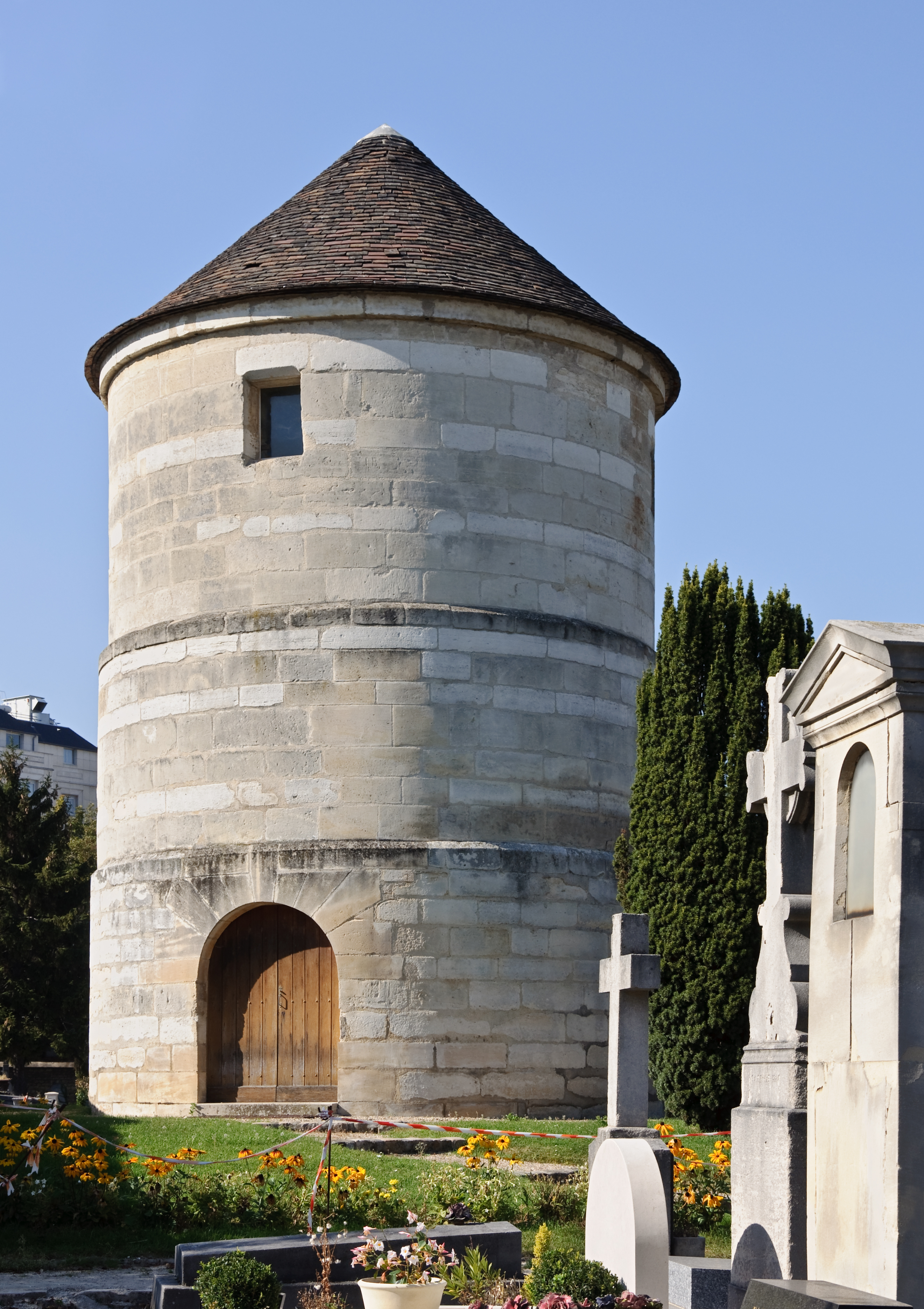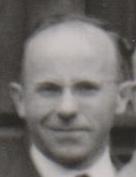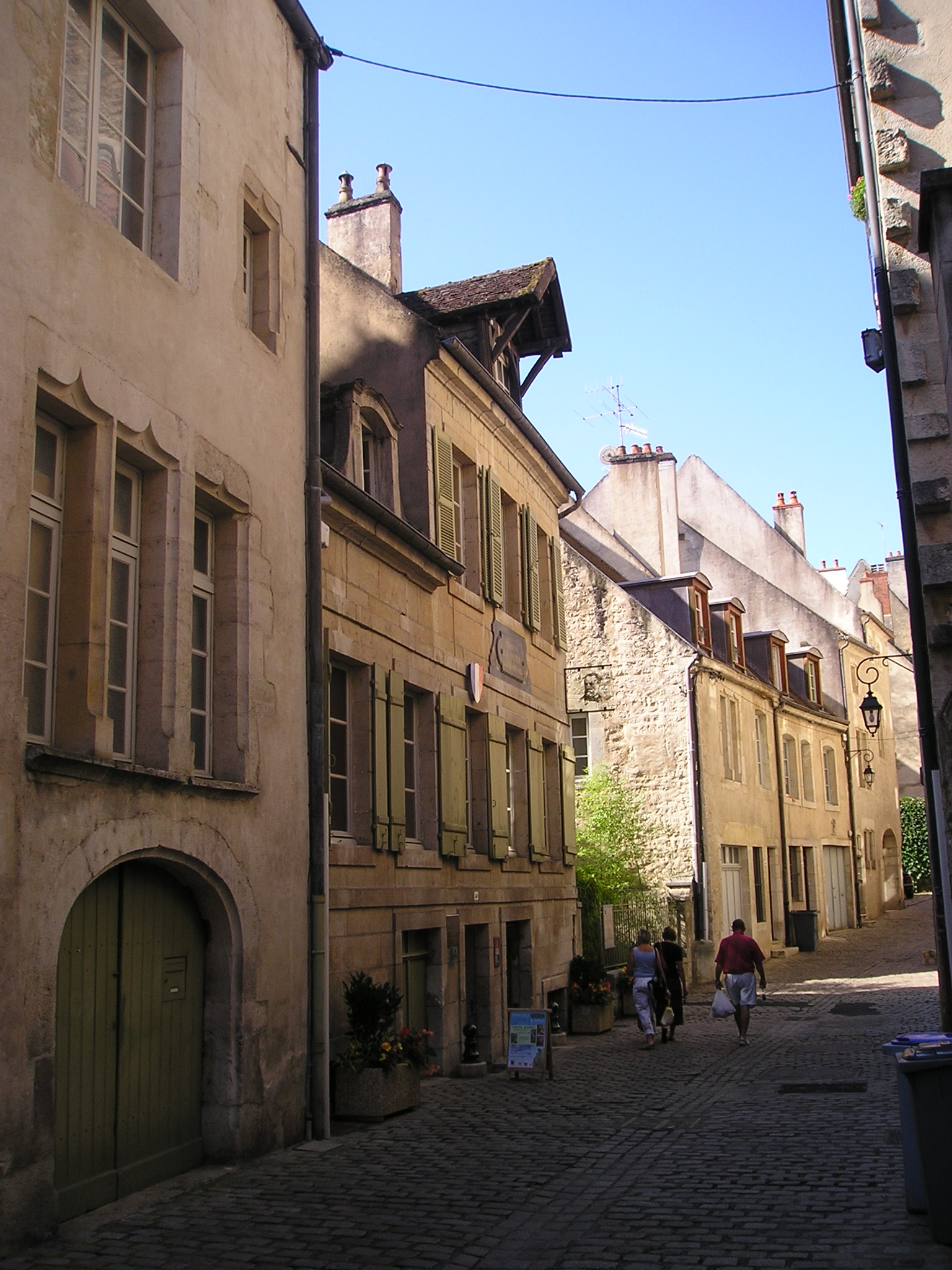|
Maurice Françon
Maurice Françon (15 June 1913 – 11 August 1996) was a French engineer, physicist and academic. Early life Françon was born on rue de Littré in the 6th arrondissement of Paris on 15 June 1913. His father was related to the Edouard Herriot's family and worked as a chemical engineer at the Physical Research Laboratory of the Sorbonne managed by Gabriel Lippmann. Françon graduated with a '' licence ès sciences physiques'' from the Faculté des Sciences de Paris. In 1938, he entered SupOptique as an engineer. During World War II, he was sent to Dunkerque in the North of France and escaped to England on a civilian ship on June 2nd, 1940. Career His graduate studies were mainly related to physiological optics. Françon was employed by the SupOptique's Laboratory at Saint-Cyr-sur-Mer. After the Nazi invasion in the Zone libre, Françon returned to Paris on Boulevard Pasteur and began to write his thesis titled ''Vision in an instrument tainted with spherical aberration'' (in fre ... [...More Info...] [...Related Items...] OR: [Wikipedia] [Google] [Baidu] |
Zone Libre
The ''zone libre'' (, ''free zone'') was a partition of the French metropolitan territory during World War II, established at the Second Armistice at Compiègne on 22 June 1940. It lay to the south of the demarcation line and was administered by the French government of Philippe Pétain based in Vichy, in a relatively unrestricted fashion. To the north lay the ''zone occupée'' (" occupied zone"), in which the powers of Vichy France were severely limited. In November 1942, the ''zone libre'' was invaded by the German and Italian armies in Case Anton, as a response to Operation Torch, the Allied landings in North Africa. Thenceforth, the ''zone libre'' and ''zone occupée'' were renamed the ''zone sud'' (southern zone) and ''zone nord'' (northern zone) respectively. From then on both were under German military administration. Origins of the ''zone libre'' On 22 June 1940, after the Battle of France, Wilhelm Keitel, representing Nazi Germany, and Charles Huntziger, represen ... [...More Info...] [...Related Items...] OR: [Wikipedia] [Google] [Baidu] |
1996 Deaths
This is a list of lists of deaths of notable people, organized by year. New deaths articles are added to their respective month (e.g., Deaths in ) and then linked below. 2025 2024 2023 2022 2021 2020 2019 2018 2017 2016 2015 2014 2013 2012 2011 2010 2009 2008 2007 2006 2005 2004 2003 2002 2001 2000 1999 1998 1997 1996 1995 1994 1993 1992 1991 1990 1989 1988 1987 1986 Earlier years ''Deaths in years earlier than this can usually be found in the main articles of the years.'' See also * Lists of deaths by day * Deaths by year (category) {{DEFAULTSORT:deaths by year ... [...More Info...] [...Related Items...] OR: [Wikipedia] [Google] [Baidu] |
1913 Births
Events January * January – Joseph Stalin travels to Vienna to research his ''Marxism and the National Question''. This means that, during this month, Stalin, Hitler, Trotsky and Tito are all living in the city. * January 3 – First Balkan War: Greece completes its Battle of Chios (1912), capture of the eastern Aegean island of Chios, as the last Ottoman forces on the island surrender. * January 13 – Edward Carson founds the (first) Ulster Volunteers, Ulster Volunteer Force, by unifying several existing Ulster loyalism, loyalist militias to resist home rule for Ireland. * January 18 – First Balkan War: Battle of Lemnos (1913), Battle of Lemnos – Greek admiral Pavlos Kountouriotis forces the Turkish fleet to retreat to its base within the Dardanelles, from which it will not venture for the rest of the war. * January 23 – 1913 Ottoman coup d'état: Enver Pasha comes to power. February * February 1 – New York City's Grand Central Te ... [...More Info...] [...Related Items...] OR: [Wikipedia] [Google] [Baidu] |
Paris
Paris () is the Capital city, capital and List of communes in France with over 20,000 inhabitants, largest city of France. With an estimated population of 2,048,472 residents in January 2025 in an area of more than , Paris is the List of cities in the European Union by population within city limits, fourth-most populous city in the European Union and the List of cities proper by population density, 30th most densely populated city in the world in 2022. Since the 17th century, Paris has been one of the world's major centres of finance, diplomacy, commerce, culture, Fashion capital, fashion, and gastronomy. Because of its leading role in the French art, arts and Science and technology in France, sciences and its early adoption of extensive street lighting, Paris became known as the City of Light in the 19th century. The City of Paris is the centre of the Île-de-France region, or Paris Region, with an official estimated population of 12,271,794 inhabitants in January 2023, or ... [...More Info...] [...Related Items...] OR: [Wikipedia] [Google] [Baidu] |
Montparnasse Cemetery
Montparnasse Cemetery () is a cemetery in the Montparnasse quarter of Paris, in the city's 14th arrondissement of Paris, 14th arrondissement. The cemetery is roughly 47 acres and is the second largest cemetery in Paris. The cemetery has over 35,000 graves, and approximately 1,000 people are buried there each year. The cemetery is the resting place for a variety of individuals including political figures, philosophers, artists, actors, and writers. Additionally, the cemetery contains a number of tombs commemorating those who died in the Franco-Prussian war during the Siege of Paris (1870–71), siege of Paris (1870–1871) and the Paris Commune (1871). History The cemetery was created at the beginning of the 19th century in the southern part of the city. At the same time there were cemeteries outside the city limits: Passy Cemetery to the west, Montmartre Cemetery to the north, and Père Lachaise Cemetery to the east. In the 16th century the intersecting roads of Vavin and Raspail ... [...More Info...] [...Related Items...] OR: [Wikipedia] [Google] [Baidu] |
André Maréchal
Robert Gaston André Maréchal (10 December 1916 – 14 October 2007) was a French researcher and administrator in optics. André Maréchal was director general of the French Institut d'Optique. In 1986 Maréchal was elected to Honorary Membership of the Optical Society its highest honor, for his work in the areas of coherence, diffraction, geometric optics, image formation and image processing, and for his contributions to the international optics community. He was also a Fellow of that society, elected in its inaugural class in 1959. His pioneering work influenced the development of computer programs that optimized lens designs and advanced the automatic optimization of optical systems. He strongly contributed to the promotion of Fourier optics and analog optical computing. Maréchal graduated from the École normale supérieure in 1941, and received his engineer's degree from SupOptique ( École supérieure d'optique) in 1943. He received a doctor of science degree in en ... [...More Info...] [...Related Items...] OR: [Wikipedia] [Google] [Baidu] |
École Supérieure D'optique
The Institut d'optique Graduate School ("Institute of optics"), nicknamed SupOptique or IOGS, is a graduate school of Paris-Saclay University and ParisTech. History Armand de Gramont, a rich industrialist and friend of Marcel Proust, was the man who had the idea to create the Institut d'Optique. In 1916, Gramont and Henri Chrétien (a French astronomer) were working together at the French Technical Aeronautics Section. Chrétien was working at the time on calculations for optical instruments. They both decided to create the project of building an institute dedicated to teaching optics. That same year, Gramont became part of a committee that examined inventions that could interest the ministry of Defense. That is where he met Charles Fabry, who had previously become famous thanks to his experimental demonstration of the existence of the ozone layer in the atmosphere. On October 21, 1916, Gramont had lunch with four government ministers. As a result, a new committee was formed, in ... [...More Info...] [...Related Items...] OR: [Wikipedia] [Google] [Baidu] |
Charles Fabry
Marie Paul Auguste Charles Fabry (; 11 June 1867 – 11 December 1945) was a French physicist working on optics. Together with Alfred Pérot he invented the Fabry–Pérot interferometer. He is also one of the co-discoverers of the ozone layer. Biography Charles Fabry was born in Marseille in 1867. He was the brother of astronomer Louis Fabry and mathematician Eugène Fabry. Studies Fabry graduated from the École Polytechnique in Paris and received his doctorate from the University of Paris in 1892, for his work on interference fringes, which established him as an authority in the field of optics and spectroscopy. In 1904, he was appointed Professor of Physics at the University of Marseille, where he spent 16 years. Career In optics, he discovered an explanation for the phenomenon of interference fringes. Together with his colleague Alfred Pérot he invented a new interferometer in 1899, now known as the Fabry–Pérot interferometer. He and Henri Buisson di ... [...More Info...] [...Related Items...] OR: [Wikipedia] [Google] [Baidu] |
Pasteur
Louis Pasteur (, ; 27 December 1822 – 28 September 1895) was a French chemist, pharmacist, and microbiologist renowned for his discoveries of the principles of vaccination, microbial fermentation, and pasteurization, the last of which was named after him. His research in chemistry led to remarkable breakthroughs in the understanding of the causes and preventions of diseases, which laid down the foundations of hygiene, public health and much of modern medicine. Pasteur's works are credited with saving millions of lives through the developments of vaccines for rabies and anthrax. He is regarded as one of the founders of modern bacteriology and has been honored as the "father of bacteriology" and the "father of microbiology" (together with Robert Koch; the latter epithet also attributed to Antonie van Leeuwenhoek). Pasteur was responsible for disproving the doctrine of spontaneous generation. Under the auspices of the French Academy of Sciences, his experiment demonstrated t ... [...More Info...] [...Related Items...] OR: [Wikipedia] [Google] [Baidu] |
Saint-Cyr-sur-Mer
Saint-Cyr-sur-Mer (, "Saint-Cyr-on-Sea"; Provençal Occitan: ''Sant Ceri'') is a commune in the Var department in the Provence-Alpes-Côte d'Azur region in Southeastern France. It is located on the Mediterranean coast, on the departmental border with Bouches-du-Rhône. Saint-Cyr-sur-Mer neighbours the communes of La Ciotat to the west, Bandol to the east and La Cadière-d'Azur to the north. In addition to the urban centre of Saint-Cyr itself, the commune includes the communities of Les Lecques, a port and beach resort, as well as La Madrague, a small port. The town square of Saint-Cyr contains a replica of the Statue of Liberty donated by Frédéric Bartholdi, sculptor of the original. Population Transport Saint-Cyr-sur-Mer is served by the Saint-Cyr-Les Lecques – La Cadière SNCF station on the Marseille–Ventimiglia railway. Economy Agriculture and tourism are important industries in the area. Fruit (especially olives), vegetables, as well as wine are produced in the ... [...More Info...] [...Related Items...] OR: [Wikipedia] [Google] [Baidu] |







